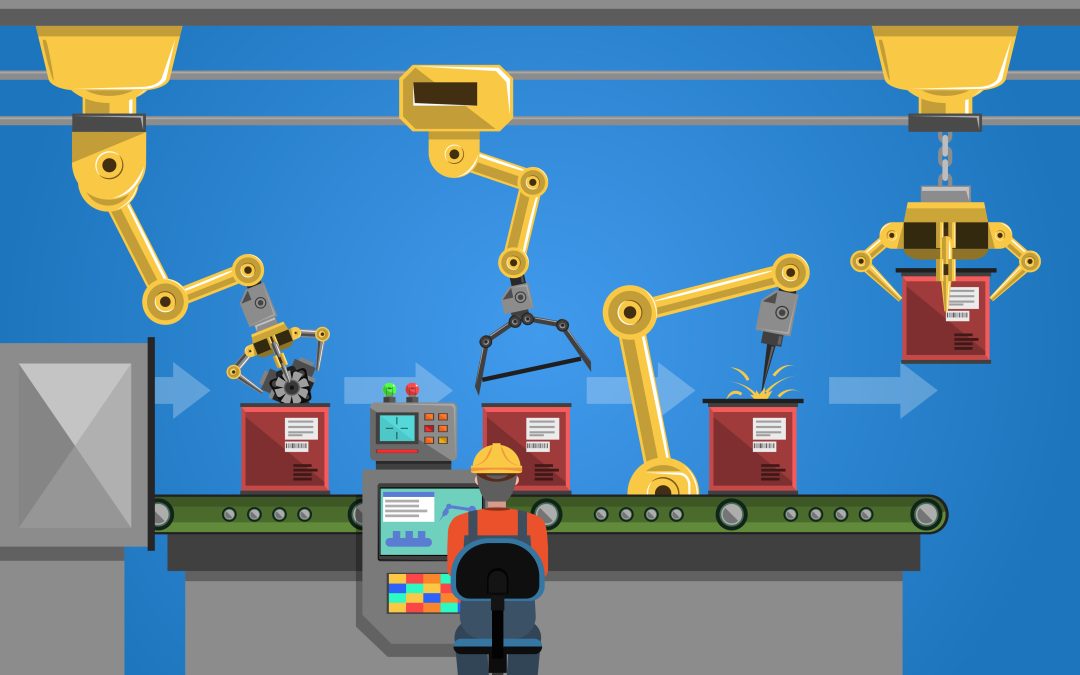The sports industry is one of the most dynamic and rapidly growing sectors in the global economy, influencing various markets, including apparel, broadcasting, tourism, and, most notably, equipment manufacturing. The demand for high-quality, technologically advanced, and performance-enhancing sports equipment has significantly transformed the manufacturing sector. From innovative materials to automation-driven production, the sports industry has revolutionized how sports gear is designed, produced, and distributed. This blog explores the profound impact of the sports industry on equipment manufacturing, highlighting technological advancements, sustainability efforts, and the business opportunities it has created.
Technological Advancements in Sports Equipment Manufacturing
The sports industry has consistently driven innovation in manufacturing, with companies investing heavily in research and development to improve sports equipment quality, safety, and efficiency. Some key technological advancements include:
Smart Technology Integration
The rise of smart technology in sports equipment has transformed performance tracking and analytics. Manufacturers now embed sensors in smart basketballs, connected tennis rackets, and GPS-enabled soccer balls. These innovations help athletes monitor performance, analyze techniques, and optimize training routines. The sports industry continues to push the boundaries, making data-driven decision-making an integral part of sports.
Advanced Materials and Design
Manufacturers have adopted high-performance materials like carbon fiber, graphene, and Kevlar to create lighter, stronger, and more durable sports equipment. For example, carbon-fiber composite hockey sticks offer superior flexibility and strength, improving a player’s shot accuracy. Similarly, 3D printing technology has enabled manufacturers to produce customized, ergonomic sports gear, enhancing comfort and performance.
Sustainability Initiatives in Sports Equipment Manufacturing
The growing awareness of environmental issues has compelled the sports industry to adopt sustainable practices in equipment manufacturing. Several companies have made significant strides in developing eco-friendly products and implementing green manufacturing processes.
Eco-Friendly Materials
Many manufacturers now use biodegradable and recycled materials to produce sports equipment. For instance, companies have developed soccer cleats from recycled ocean plastics and biodegradable golf tees to minimize environmental impact. The shift towards sustainable materials benefits the environment and appeals to eco-conscious consumers.
Energy-Efficient Manufacturing Processes
To reduce carbon footprints, manufacturers have embraced energy-efficient production methods such as solar-powered factories, reduced water consumption in production, and waste recycling programs. These initiatives align with the sports industry’s goal of promoting sustainability while maintaining high-quality equipment.
Business and Economic Impact of the Sports Industry on Equipment Manufacturing
The sports industry’s economic influence on equipment manufacturing is substantial. It creates job opportunities, drives revenue growth, and fosters global trade.
Growth of the Sporting Goods Market
The demand for innovative sports equipment has led to exponential growth in the sporting goods industry. According to market reports, the global sports equipment market is expected to continue its upward trajectory, driven by increasing sports participation, fitness awareness, and technological advancements.
Job Creation and Industry Development
The sports industry’s manufacturing sector provides employment opportunities in various domains, including research and development, production, quality assurance, and retail. Additionally, partnerships between sports organizations and equipment manufacturers drive investment in innovation, further enhancing industry growth.
Future Trends in Sports Equipment Manufacturing
The sports industry will continue to shape the future of equipment manufacturing through emerging trends that focus on performance, personalization, and sustainability.
Customization and Personalization
Advancements in digital technology, such as 3D scanning and AI-driven customization, allow athletes to receive tailor-made equipment that enhances their performance. From custom-fitted running shoes to personalized golf clubs, the demand for individualized sports gear is rising.
AI and Machine Learning Integration
Artificial intelligence and machine learning are integrated into sports equipment to enhance decision-making and training. Smart wearables and AI-driven coaching tools provide real-time feedback to athletes, helping them refine their techniques and improve their game.
Conclusion
The sports industry drives advancements in equipment manufacturing through innovation, sustainability, and economic influence. As it evolves, manufacturers must embrace smart technology, eco-friendly materials, and AI-driven tools to enhance performance and accessibility. This transformation ensures that sports gear meets modern demands, shaping an exciting future for athletes and enthusiasts worldwide.


